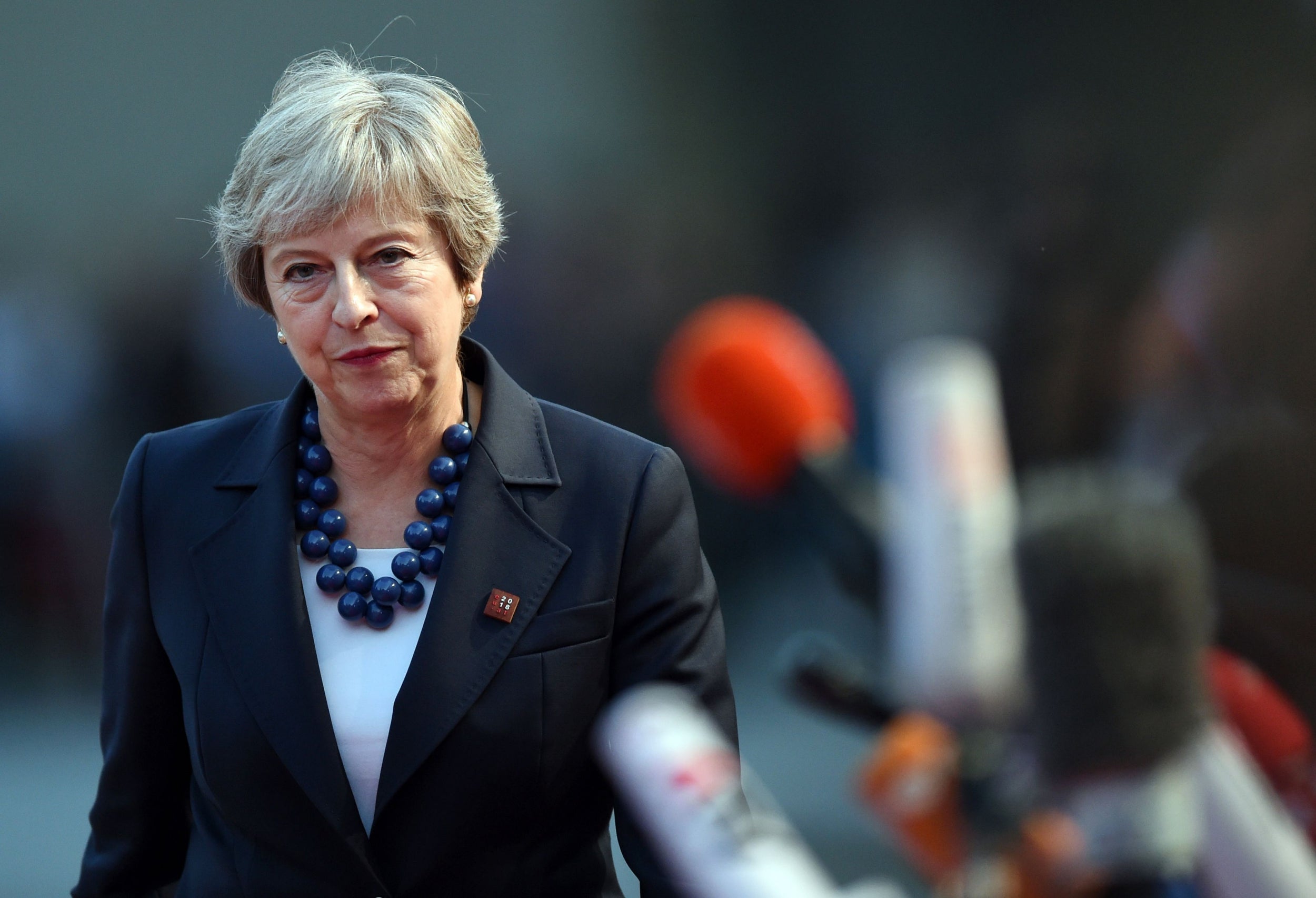How did Theresa May get into politics, when was she elected and what did it take for her to become prime minister?
Britain’s second female PM entered No 10 in the wake of the EU referendum

Theresa May became Britain’s second female prime minister during the turbulent days after the 2016 Brexit vote, which put paid to David Cameron’s premiership and torpedoed the careers of a number of senior politicians.
Nicknamed the ‘Maybot’ for her robotic interview style, Ms May is an inscrutable figure, who is known for her reserve and for keeping her friends close.
After six years at the Home Office - a graveyard for ministerial careers - Ms May is clearly a political survivor, although whether she sees out the Brexit talks from Downing Street is another matter.
How did Theresa May get into politics?
Theresa Brasier was born in 1956 to Hubert, a Church of England vicar, and Zaidee, an avowed Conservative who likely encouraged her daughter's early interest in politics.
She is said to have harboured ambitions to be an MP from the age of 12 and recalled going campaigning near her Oxfordshire home during the 1970 general election.
While at school in Oxfordshire, 17-year-old Theresa put herself forward as the Conservative candidate for the school's mock election.
Her interest in politics continued when she went to read geography at St Hugh's College, Oxford, where the story goes that she was also introduced to her future husband Philip May - at a Conservative Association disco, no less - by the future Pakistani prime minister Benazir Bhutto.
After graduating in 1977, Ms May worked for the Bank of England and she was elected as a councillor in Merton by the time she was 30-years-old.
She suffered the loss of both of her parents in close succession, after her father was killed in a road accident in 1981 and her mother died of multiple sclerosis the following year.
When was she first elected to parliament?
Ms May first stood as a Conservative candidate for North West Durham, a Labour safe seat, in 1992, where she came second to Labour incumbent Hilary Armstrong but ahead of future Liberal Democrat leader Tim Farron, who was in third place.
She tried again two years later in a by-election in Barking, east London, where she was roundly defeated by Labour's Dame Margaret Hodge, who won more than 72 per cent of the vote.
But it was third time lucky for Ms May when she finally won Maidenhead, in Berkshire, in 1997 with nearly 50 per cent of the vote - despite Labour's landslide victory nationally.
When did she enter the government?
Ms May was the first female chairman of the Conservative Party and held a number of shadow cabinet positions under the leadership of Michael Howard and Iain Duncan Smith.
As chairman, she made her "nasty party" infamous speech at the Conservative party conference in 2002, where she stunned delegates with an outspoken attack on her own party.
When the coalition government was formed in 2010, Ms May was made home secretary by then-prime minister David Cameron. She became only the fourth woman ever to hold one of the great offices of state - foreign secretary, home secretary, chancellor or prime minister.
Her time at the Home Office was not without controversy. She took a hardline stance on immigration, including the introduction of the controversial hostile environment policy, and famously took on the Police Federation over perceived vested interests within the force.
She also took on the equalities brief from 2010-2012, which attracted controversy from LGBTQ campaigners as she had previously voted against greater adoption rights for gay couples and lowering the age of consent. However Ms May later said she had changed her mind and she was supportive of anti-discriminations laws.
How did she become prime minister?
Following the EU referendum result, Ms May announced her plans to stand as leader of the Conservative Party, to replace Mr Cameron.
She won the first round of voting against Andrea Leadsom and Michael Gove, who had stabbed Boris Johnson in the back to get on the ballot paper. Liam Fox and Stephen Crabb were both eliminated after winning the least votes, and both threw their weight behind Ms May.
Mr Gove was then eliminated and members were preparing to vote when Ms Leadsom withdrew from the race amid controversy over an interview she gave suggesting that having children made her a superior candidate to be prime minister. Ms May does not have children.
Ms May became the prime minister on July 13, 2016.
Join our commenting forum
Join thought-provoking conversations, follow other Independent readers and see their replies
Comments